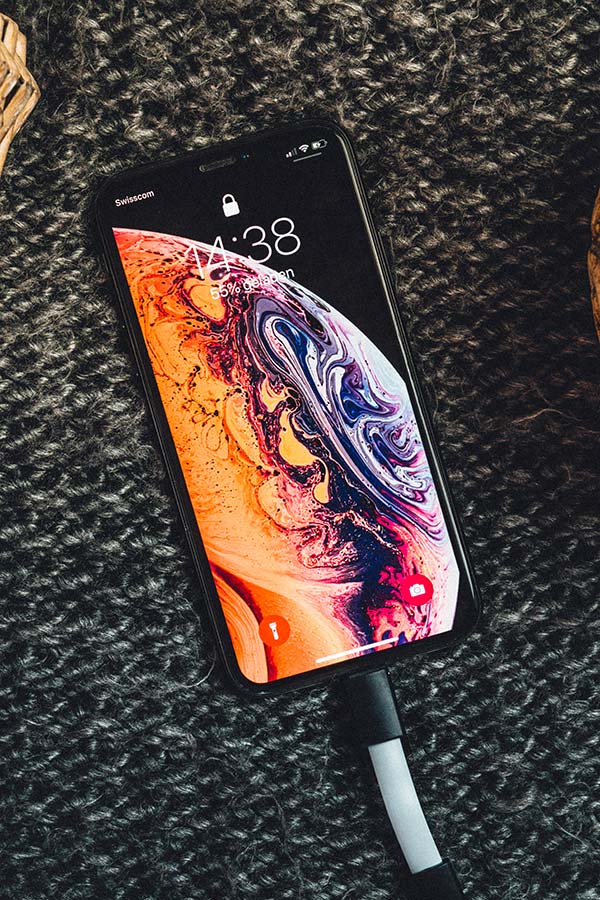The Meta Quest 3 is Meta’s flagship VR headset and our all-around best VR headset this year. Meanwhile, the Quest 3S is a nice budget option to get you started in the VR world. Both can play VR and AR games, though the Quest 3 has better optics, so the games look a little better. Both suffer from the same issue: The head strap is not designed for comfort but for price.
There are plenty of third-party accessories out there that can make it more comfortable or help you play longer and harder. If you’re getting a Meta Quest this holiday season for yourself or someone as a gift, it’s a good time to think about how you can level up that experience.
What’s the best Meta Quest 3 and 3S accessory?
We’ve been using these two headsets since they were released and testing as many accessories as possible and the best accessory is a really good headstrap. The Meta first-party head strap, the Elite strap, is good already, but I find the Yoges battery head strap more comfortable over long periods. Plus, the hot swap battery makes it easy to play for hours if you want to.
The best Meta Quest 3 Accessories
The best overall Meta Quest 3 battery head strap
Photo Gallery 1/1
Pros
- Super comfortable
- Hot swappable batteries
- Great weight balance
One of the most important parts of a replacement head strap is to make playing for long periods more comfortable. While the Quest 3 is significantly lighter than the Quest 2, it is still a weight on the front of the face. Battery straps add weight — with better support from the strap — to the back of your head, reducing the pressure on the front. It’s a much more comfortable experience.
The Yoges strap has a 10,000-mAh battery that continuously charges the Quest 3 while you play. The Meta Quest 3 has a 4,879-mAh battery, so the added battery should give another two full charges, adding around 5 to 6 hours of potential playtime. My mileage varies depending on what I’m doing, but I do get around five hours with my current testing setup.
Best first party Meta Quest 3 head strap
Photo Gallery 1/1
Pros
- Tightening knob on back
- Keeps Quest 3 secure
- Comfortable enough for active games
Cons
- Expensive
- Snap-on design feels fragile
Meta’s own headset strap system for the Quest 3 and 3S is my preferred alternative to the pack-in elastic straps, and it keeps a firm adjustable fit for extended use. There are third-party alternatives, too, but Meta’s works well and fits easily in Meta’s charging dock and carrying case. A more expensive version adds a battery pack, too.
One concern I have over time is breakage. The Quest 2’s elite strap system ended up wearing out and snapping over time.
Best Meta Quest 3 charging stand
Photo Gallery 1/1
Pros
- Low profile
- Uses the Quest 3 pogo pins
Cons
- Doesn’t always seat the headset correctly
Unlike the official Meta Quest 3 charger, this one from Best Buy’s brand Insignia can charge your controllers and the headset. The stand comes with two rechargeable batteries and covers for the controllers that feel as good as the original plates but make it easier to charge with the addition of pogo pins. The headset part uses the Quest 3’s pogo pins to charge, so all you have to do is sit the headset into the slot when you’ve finished your session and it will be ready the next time you play. Make sure you seat it well, though, as the pins sometimes don’t connect if you don’t do it right.
I really like the look of the Insignia dock over the official one, too. It’s sleek and low profile with no extrusions to get caught. It’s a simple product that does a great job. I like it.
The start of Quest 3 haptic support
Photo Gallery 1/1
Pros
- Thick strap for support
- Powerful haptics
The Woojer Strap, and by extension, the Woojer vest, are chock full of contradictions. As a concept, they are great. Adding haptics to VR is the next logical step to bring us more immersion. The issue, though, is that they don’t quite go far enough. The haptics feed directly into your speaker out on your Quest 3; then, you need another set of headphones to hear the normal sound. It’s a little cumbersome, but the effect is very good on games like Waltz of the Wizard or the Vader games. Rhythm games like Pistol Whip or Beat Saber struggle more because the haptics happen on all sounds rather than just the beats.
I would like to see some kind of Quest app that would allow more control of the haptics moving forward. The reason I recommend the Strap 3 over the Vest is for this reason. It costs $130, which is a decent price for fun haptics like this, but for the price of the vest I would want much more granular control.
Best grips for Meta Quest 3 handsets
Photo Gallery 1/1
Pros
- Snap-on design
- Snug fit in hand
Cons
- Sometimes feels a bit too snug for casual gaming
I do a lot of VR workouts, and while the Quest 3 and 3S have included wrist loops to keep the controllers from falling, Meta’s active straps keep the controllers tight in hand at all times. The straps attach as a snap-on battery cover replacement on the controllers, with elastic velcro straps that feel cozy and allow full controller access. I’ve come to prefer these to Meta’s pack-in wrist loops, and for active experiences like Supernatural, it feels like a must.
Best gun grips for Meta Quest 3
Photo Gallery 1/1
Pros
- Feels solid in the hand
- Adjustable weight level
- Great workout
Cons
- Difficult to get the controllers out
One of my favorite games on the Quest is Pistol Whip. It’s a rhythm game that uses music and shooting to make you feel like John Wick mowing down countless enemies. I use it as part of my fitness regimen during the week, as it can be a really good workout. The addition of the Cybvr has increased my workout by adding weight to the controllers. Because they are designed to feel like weapons in your hand, the weight is enough to make my arm muscles work hard as I play the game. The constant repetition not only helps me burn calories but also helps add definition to my arms — a win-win.
The Cybvr also makes these gun games feel more realistic. One of my favorite AR games is Home Invasion, a zombie game that has them attacking you in AR. The feel of the gun grips makes the whole experience more visceral. The only downside to these is the length of time it takes to remove the controllers. You have to completely disassemble the grips to get them out. I know the design reduces the risk of controller damage but it can be a pain when swapping games.
While plenty of fun accessories can enhance your VR gameplay, only a few are ” must-haves.” My first accessory purchase is always a new head strap. The ones that come with the Meta Quest and Meta Quest 3 are uncomfortable for any serious playtime.
After that, you need a charging dock and, if possible, rechargeable batteries for the controllers. Nothing is worse than getting ready to use your headset only to find that the batteries in your controllers are dead. A good dock will make your life easier, your gameplay longer and your room tidier.
Yes, most of the accessories you use for Meta Quest 3 don’t affect your ability to wear glasses. The Quest 3 has an adjustable faceplate that lets you change its depth, allowing more room for glasses, so you no longer need the extra faceplate extender. If you are using a faceplate pad accessory, you can reduce the gap in the extender so your face is still the right distance away from the lenses.
3D printing allows you to customize your devices pretty heavily. There are several places to buy 3D parts, such as Etsy, and if you own a 3D printer, you can print small, helpful things like cable clips all the way up to conversion systems to allow you to use HTC’s impressive head straps.
Removing the original head strap feels dangerous. It’s well secured and requires more force than it feels right to use. Here’s the best way to remove it without breaking anything.
- Hold the Meta Quest 3 head unit in your non-dominant hand.
- Find the edge where the strap meets the head unit.
- Place your thumb against the thin tab just beyond the head unit and gently but firmly pry away from the unit until it unclips.
This procedure takes more force than you might think.
To attach the new strap you will need to start at the other end of the headset, closest to the front. Clip the front part of the strap in and slowly push around the perimeter until the entire strap is connected. Attaching the new strap also takes a lot of force but once you get the first part attached it should go much easier.












Leave a Reply